
Don’t we all wish we could be 24 forever? The amount of energy and resilience that younger players bring to the field in ultimate is astounding. When you’re out there, you tend to feel invincible, until you get injured. Unfortunately, as fun as ultimate can be, it’s exceptionally hard on your body.
You can easily consider it to be a full speed sport, one where you’re constantly moving, twisting, and putting tons of pressure on your muscles and joints. From your back all the way down to your feet, it’s almost an instance of getting hurt sooner or later for most players. In fact, 40% of all ultimate injuries are due to running or overusing your body, and sprained ankles are the number one issue plaguing players.
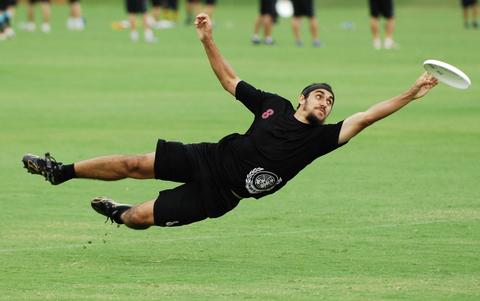
So if you’re not a youngster anymore, or you’ve been hurt one too many times, how can you satisfy your love for frisbee sports without playing ultimate? For many, disc golf is the answer, as it provides a wide range of both mind and body benefits.
Keep Your Body Moving
When you compare the level of activity required to play ultimate versus playing disc golf, there’s an obvious difference. Although a round of disc golf doesn’t require you to run or dive, that doesn’t mean it’s devoid of physical benefits.
Try a fun experiment the next time you go out for a round – whether you use your phone or a watch that has a step counter, turn it on and see just how many steps you take throughout all 18 holes. Going disc golfing is essentially the equivalent of going on a hike, and that’s enough exercise and movement to support a healthy body and lifestyle.
Working Your Core
Health experts always talk about the benefits of a strong core, whether it’s being able to have good posture, preventing injury, or keeping your back healthy. Thankfully, the throwing motion used in disc golf engages your core and helps you to develop these essential muscles.
Not only does your core get a good workout, but there’s a laundry list of body parts that are used each time you play disc golf. Think about how you use your quads, glutes, lower back, shoulder stabilizers, and more to execute each shot you throw. Playing disc golf is a whole body workout similar to ultimate, yet without the potential for serious injury.
Solving The Puzzle
There’s a fair amount of mental agility required to play a game of ultimate, but when you compare it with disc golf, they’re worlds apart. Every time you step up to a tee box, there’s a list of analytical questions that have to be answered before you even throw:
- How hard to I have to throw based on the whole length?
- What’s the wind doing?
- Do I need to compensate for elevation changes?
- Is there a line that would be easier to execute than another?
- Which discs have I really been dialing in today?
Not only do you run through this process at least 18 times during the course of a round, but each hole’s subsequent shots might also require the same pattern of thinking. It’s common to be just as mentally tired as you are physically wiped out after a round of disc golf.
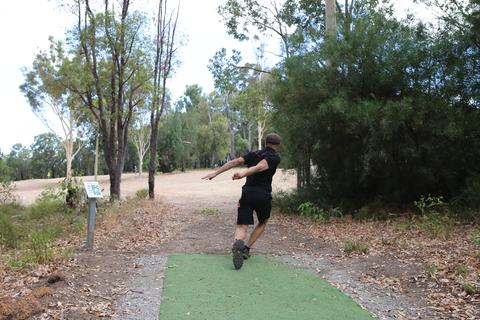
The Mental Health Aspect
You’re probably tired of hearing so much news around mental health these days but think for just a moment about how relevant the sport of disc golf is to that topic. Much of the time you’re playing around with others, which gives you excellent social interaction and perhaps some friendly competition. At the very least, you’re spending time outdoors with people you enjoy.
Being a member of your local disc golf community gives you a feeling of purpose, pride, and emotional satisfaction that’s crucial to having a healthy and balanced life.
If you’re a former or current ultimate player, how have you felt about the transition to integrating disc golf into your life? Let us know in the comments below how it’s helped you to continue to enjoy frisbee sports.

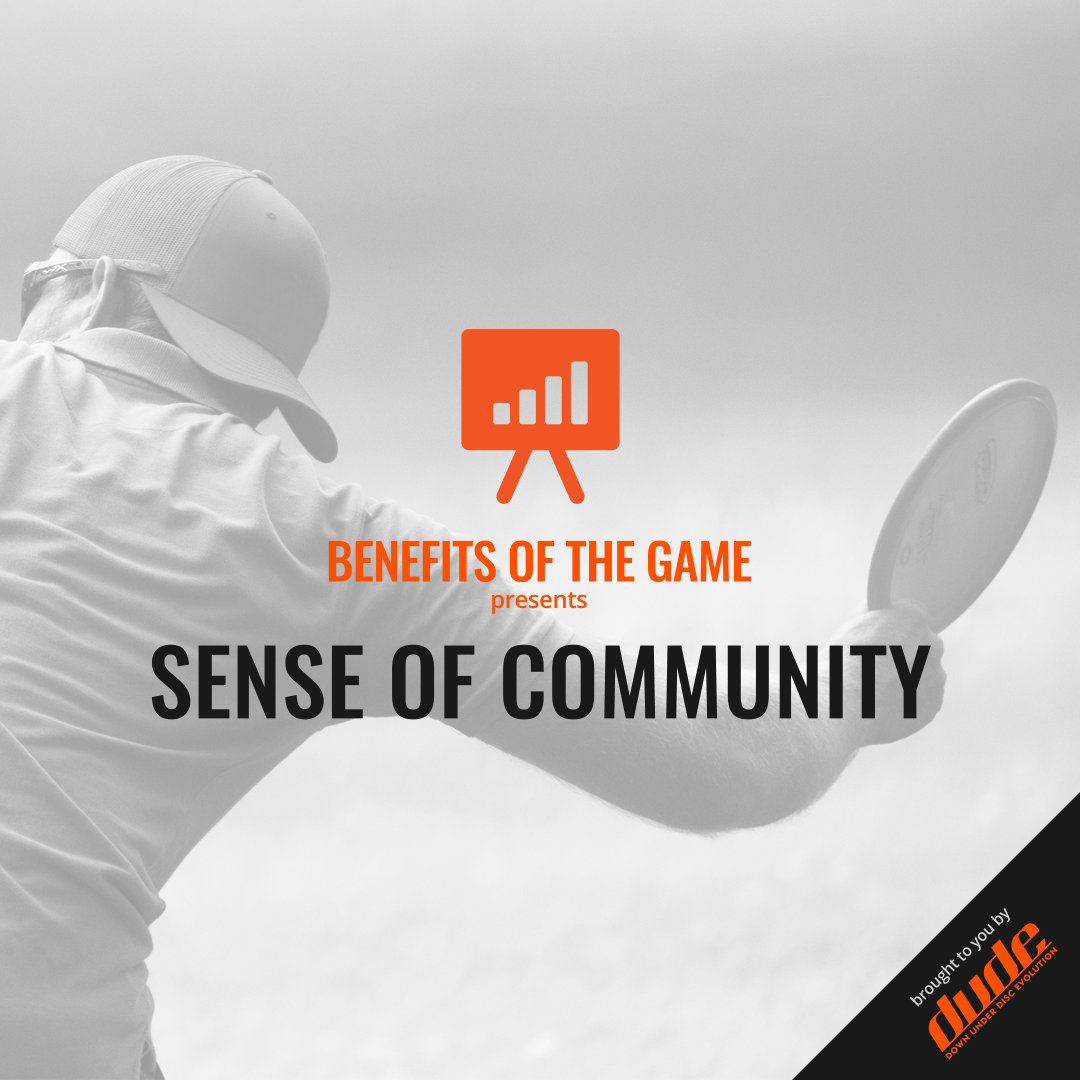
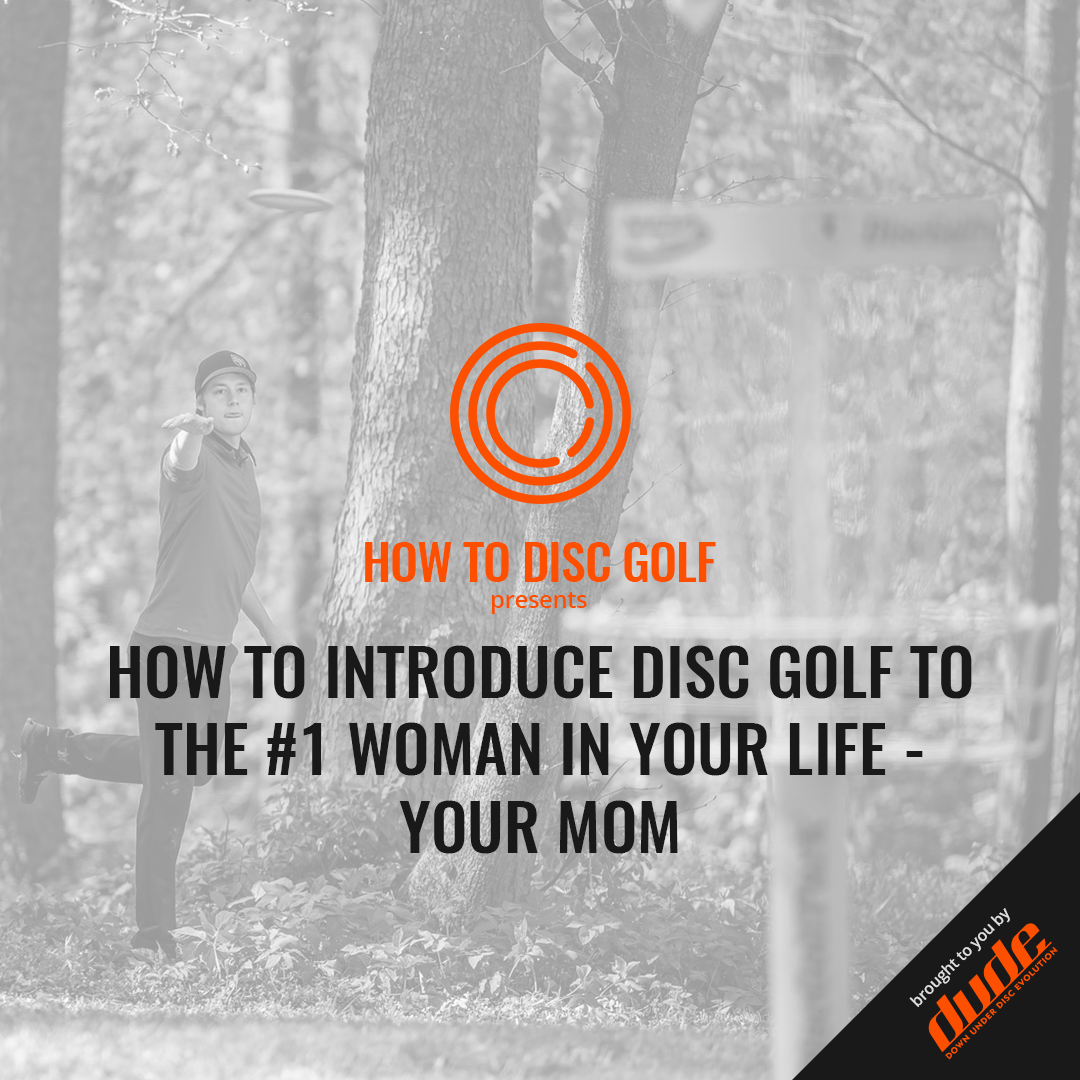


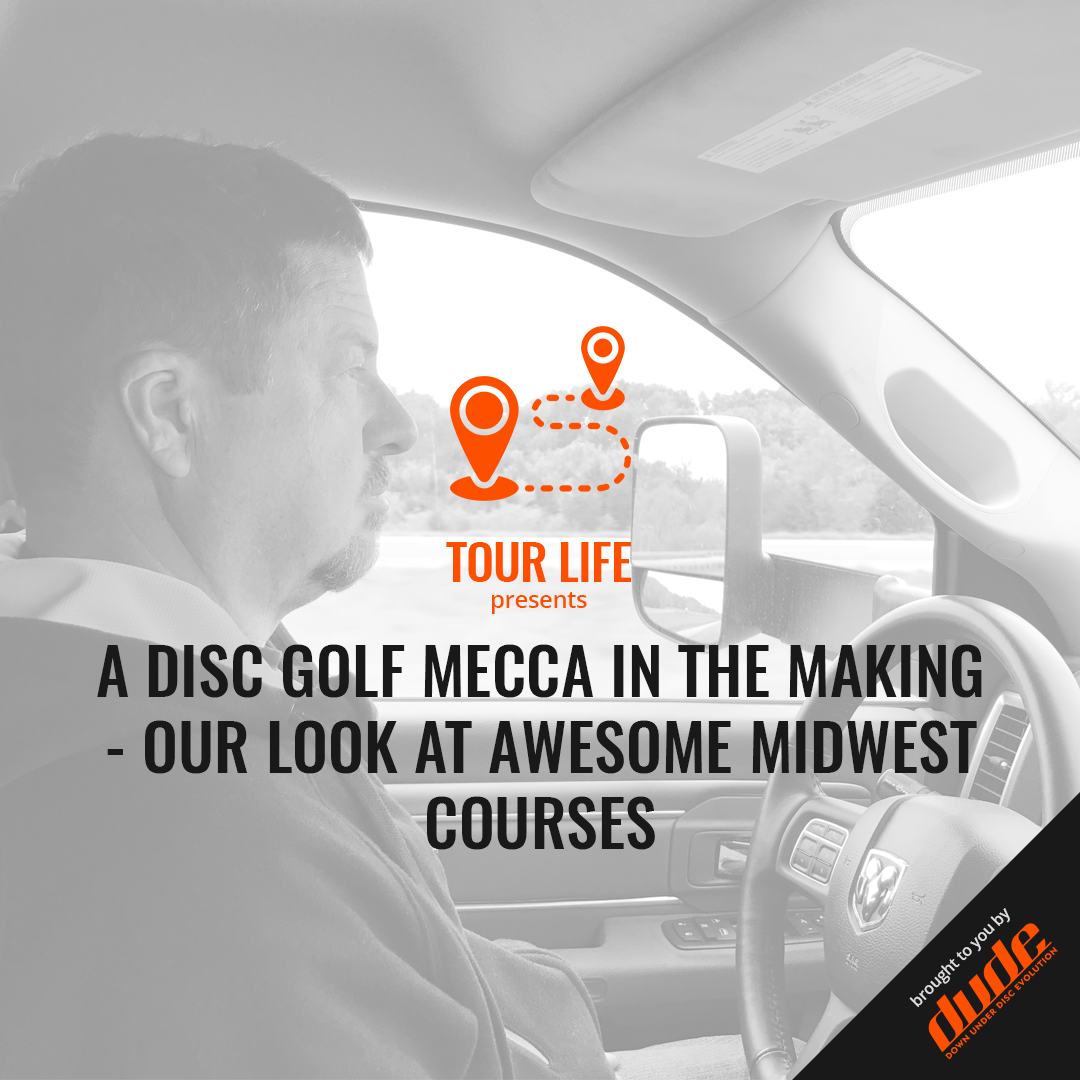
Leave A Comment